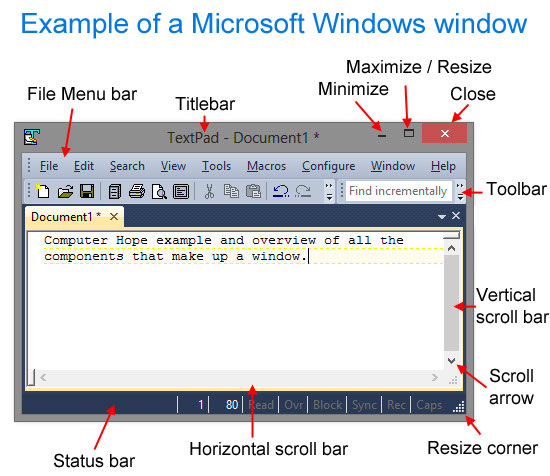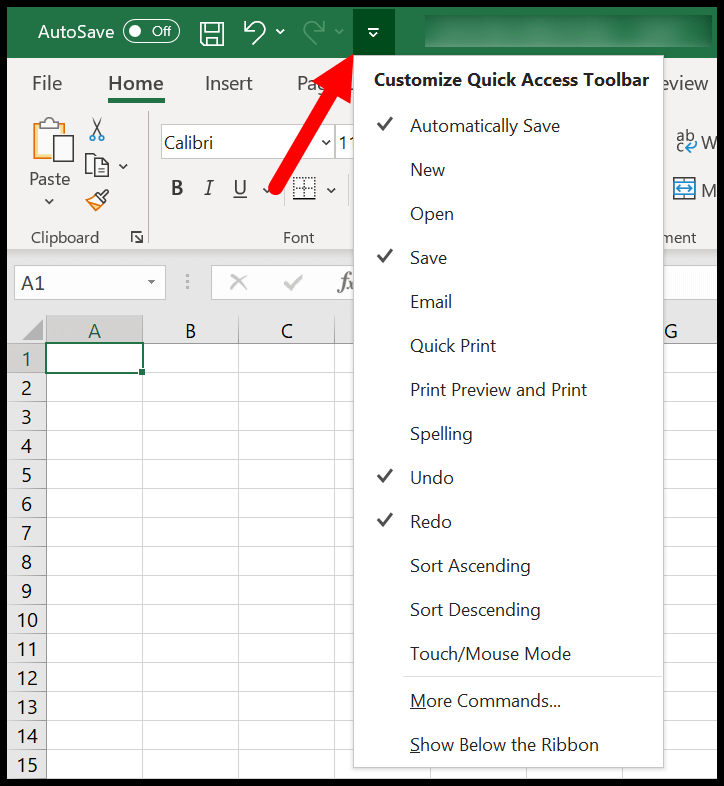

#DISPLAY IN THE TITLE BAR ACCESS SERIES#
A tabular form displays its data in a series.This is a convenient display for data entry and analysis because the user is able to examine each piece of information for each one record: A columnar form is used to display data one record at a time.Forms can be designed in various flavors: If you create a form using theįorm Wizard, it (the wizard) can assist you with deciding how the objects in the body of theįorm would display. This is also referred to as the body of the form. The main area of the form is what the user will mostly use. If you set it to None, the form would appear The borders of a form are controlled using the Border Otherwise, you can control the borders of a In most cases, you will notīe concerned with this aspect. Or not, the user needs to be able to know where a form starts and where itĮnds.

Whether you allow the system icon and system buttons To reopen the Central form, in the Navigation Pane, right-click Central.Restart Microsoft Access and re-open the Hotel Management1 database.

On the Microsoft Office Access message box, click OK.
#DISPLAY IN THE TITLE BAR ACCESS WINDOWS#

In this case, the form would appear with neither the system Want these system buttons at all, access the Properties window of the formĪnd set the Control Box Boolean property to No from its Yesĭefault value. Group of these buttons is called the Control Box. If you display a form as overlapped, it would be equipped In the left frame, you can click Current Database and, in the rightįrame, in the Document Window Options sections, click the Overlapping Windows radioĪfter making the selection, you can click OK. To take care of this, you can click the Office Button and clickĪccess Options. Otherwise, a form can appear as a regular window with its By default, a form displays with a tab, in which case the The Tabbed Documents radio button and remove the check mark on the Displayĭocument Tabs check box, then click OK. In the right frame and in the Document Window Options section, click In the left frame of the Access Options dialog box, click Currentĭatabase. To do this, click the Office Button and click Access If you want, you can replace the tab of a form and let theĭisplay without the tab. When a form displays with a tab, the right section of the tab(s) displays a close button We mentioned that a form was represented in its top sectionīy a tab.


 0 kommentar(er)
0 kommentar(er)
